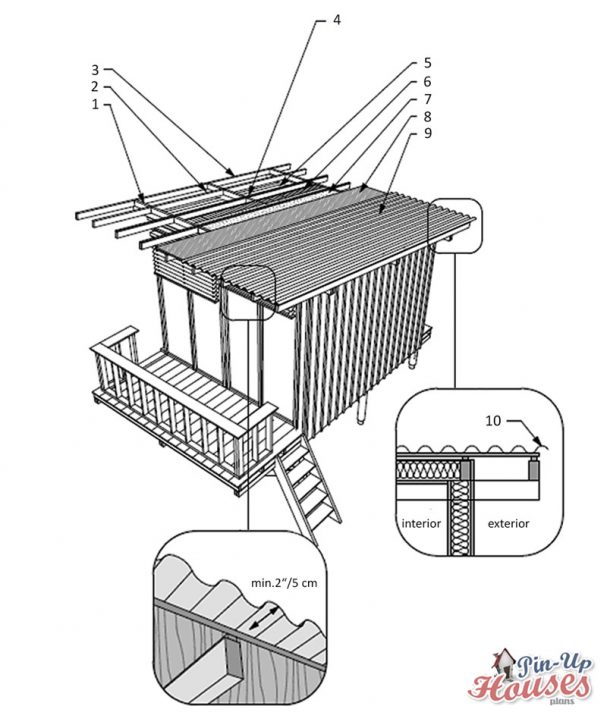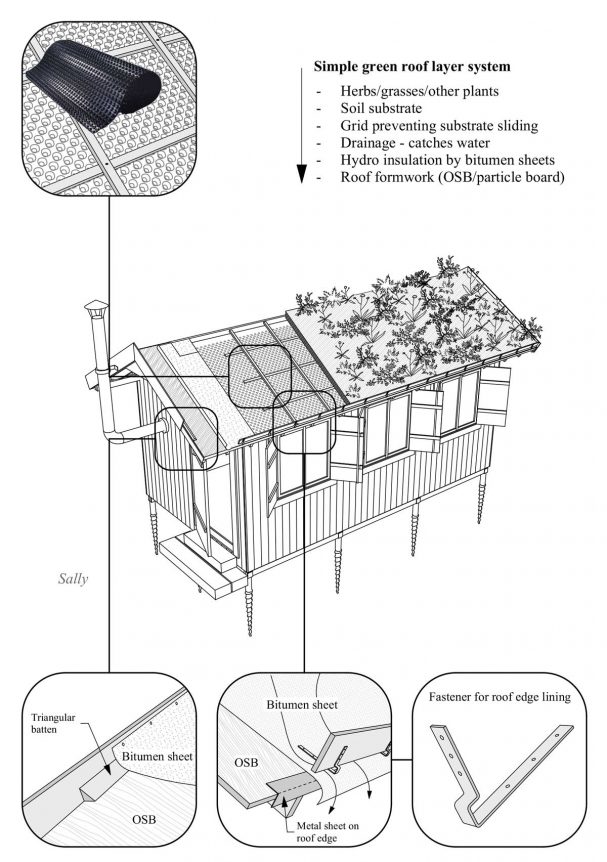Roofing is a critical aspect of any building, and it has a significant impact on environmental housing. There are many factors to consider when choosing roofing materials that will have less of an impact on the environment, such as the materials used, insulation, and the energy efficiency of the roof. In this article, we will take a more in-depth look at how roofing affects environmental housing and provide some tips on how to choose the right roofing material and design to minimize environmental impact.










Materials Used for Roofing
The materials used for roofing have a significant impact on environmental housing. Traditional roofing materials such as asphalt shingles and metal sheets have a detrimental effect on the environment due to their manufacturing process, transportation, and disposal. Asphalt shingles are made from petroleum, a non-renewable resource, and produce a large amount of waste during production. Metal sheets, on the other hand, require a significant amount of energy during production, which contributes to carbon emissions.
To minimize the environmental impact of roofing, it is essential to choose materials that are sustainable and eco-friendly. Materials such as clay tiles, slate, and wood shingles are excellent alternatives to traditional roofing materials. These materials are natural, renewable, and have a lower carbon footprint than traditional roofing materials. Clay tiles and slate are durable, long-lasting, and require little maintenance, making them an excellent choice for environmental housing.
Insulation and Energy Efficiency
Insulation is an essential aspect of roofing that affects environmental housing. Proper insulation can significantly reduce energy consumption, which results in lower carbon emissions and energy costs. Energy-efficient roofing materials, such as reflective or cool roofs, are designed to reflect sunlight and heat, reducing the amount of heat absorbed by the building. This reduces the need for air conditioning, resulting in lower energy consumption and costs.
Proper insulation and energy-efficient roofing materials can also improve indoor air quality and reduce noise pollution. Insulation reduces heat loss and prevents air leaks, which helps to maintain a comfortable indoor temperature and reduce noise pollution. Additionally, it can help reduce the load on heating, ventilation, and air conditioning (HVAC) systems and extend their life.











Design and Roof Pitch
The design and pitch of the roof also have a significant impact on environmental housing. A roof with a steep pitch allows for more natural ventilation, reducing the need for air conditioning and improving indoor air quality. A flat roof, on the other hand, can be used for the installation of solar panels, which can significantly reduce energy consumption and costs.
The design of the roof can also affect water conservation. Green roofs are becoming increasingly popular, especially in urban areas, as they help to absorb rainwater and reduce the amount of runoff. Green roofs also provide a natural habitat for plants and wildlife, which helps to improve biodiversity in urban areas. Green roofs also provide a cooling effect on urban areas, reducing the heat island effect.
Conclusion
Roofing has a significant impact on environmental housing, and it is essential to choose the right materials, insulation, and design to minimize the environmental impact. Sustainable and eco-friendly materials, such as clay tiles, slate, and wood shingles, are excellent alternatives to traditional roofing materials. Proper insulation and energy-efficient roofing materials can significantly reduce energy consumption and costs while improving indoor air quality and reducing noise pollution. The design and pitch of the roof can also affect water conservation and provide opportunities for the installation of solar panels. By choosing the right roofing material and design, we can create environmentally friendly homes that are sustainable and cost-effective.
In summary, when selecting a roofing material for environmental housing, it is crucial to consider sustainability, energy efficiency, and water conservation. Choosing the right roofing services, material and design can make a significant difference in reducing the carbon footprint of buildings and creating more sustainable and environmentally friendly homes.








